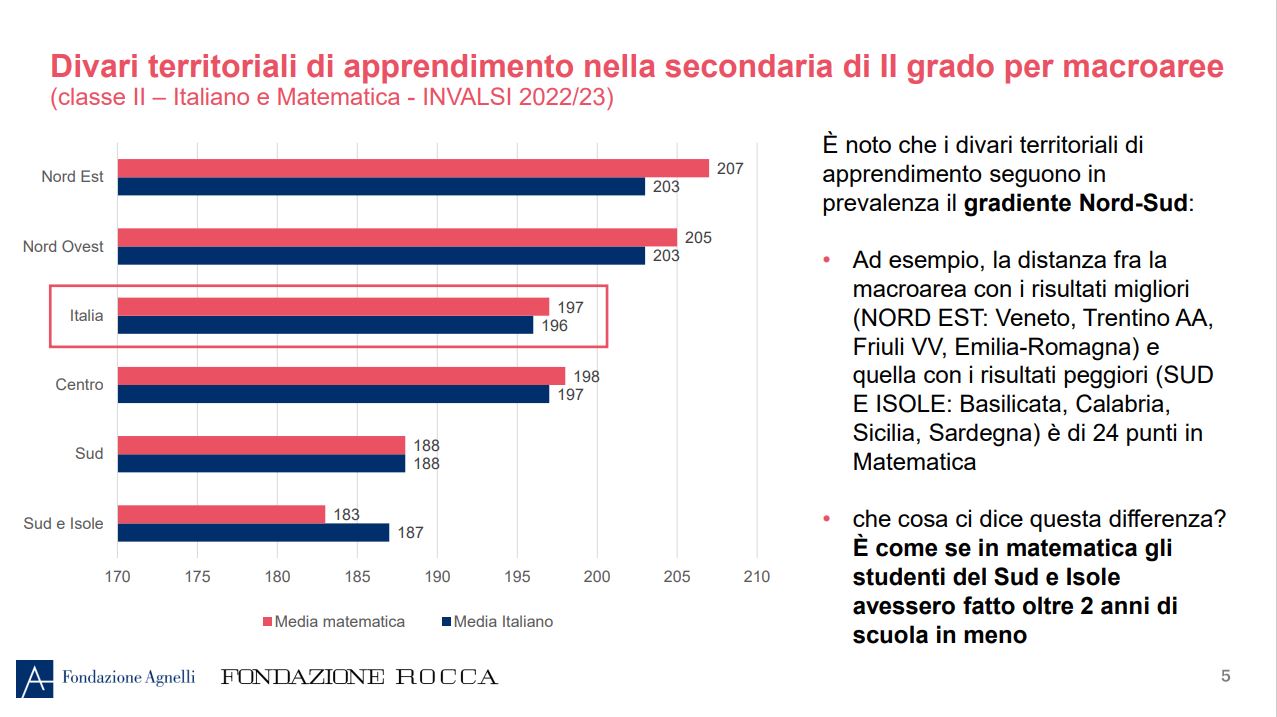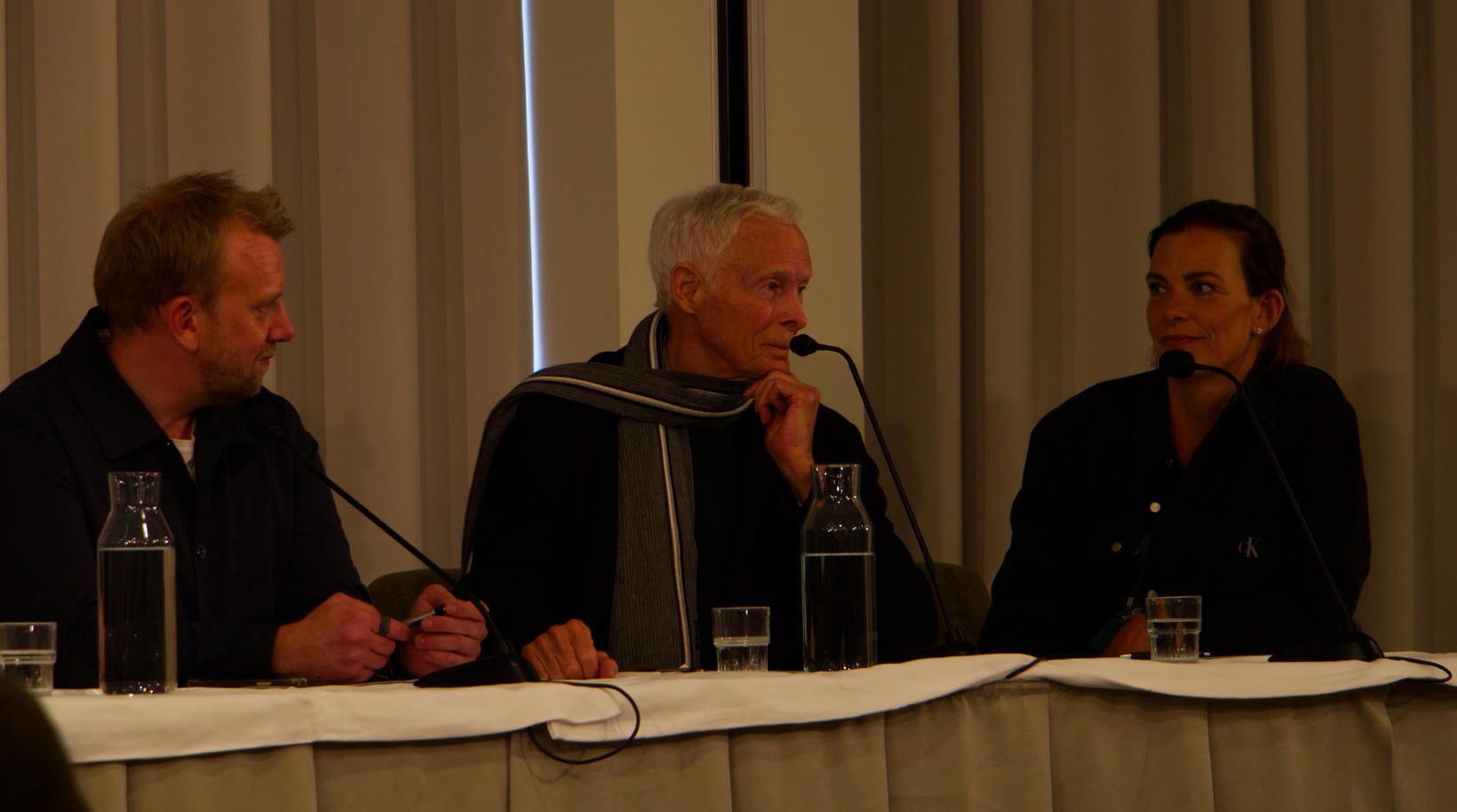Dental infrastor: what is and why it is needed early diagnosis

What happens when the milk teeth don’t give way to the definitive teeth? It could be an infrastor. Depending on the gravity, it is decided if and how to intervene to ensure the oral health of the child
THE milk teeth They don’t last forever. Starting from 6-8 years they are replaced by permanent, stronger and suitable for lasting all life. In most children, the total period of eruption of the final lasts about 6 years. With the sole exception of the third molars or « teeth of the judgment », which can already come around 15 years, but sometimes even much later, up to 25 years. What happens, however, if the milk teeth don’t give way to the definitive? It could be an infrastor.
Fall of the deciduous teeth
The delay in the exchange of teeth, the difficulty in chewingin particular of the molasses, e The asymmetries of the dental arches are the main alarm signals that can reveal dental infrastor in children. This prevents the fall of milk teeth (also called deciduous teeth) to give way to permanent teeth. « It is unlikely that the child shows these difficulties, just as it is unlikely that the parent can observe that a dentino presents himself in a different way, that is, more low, than the corresponding teeth – he explains Erica Barina, president of Facexp -. Usually to diagnose the infrastor is the orthonist during the Semi-annual visits, which should be scheduled from 4-6 years. These periodic events are really useful for monitoring skeletal, functional and dental growth ». Second a recent study Published in the magazine of the Lithuanian University of Health Sciences (Luhs), This problem concerns about a third of the population. A phenomenon that, if diagnosed in time, before the peak of public growth, can be controlled and managed. If it is underestimated, however, it can request surgery.
Milk teeth and infrastor
A milk tooth can undergo a gradual lowering of its position with respect to nearby teeth, even until it disappears. This phenomenon can also concern a permanent tooth. The etiology of the phenomenon is not entirely known. « A process of ankylosis is assumed, or of the fusion of the root of the tooth with the surrounding bonedue to several factors, such as a trauma, an infection, or a genetic predisposition – continues Barina -. The union between the tooth and the bone creates a sort of « bone inertia », which prevents the vertical movement of the tooth in response to growth maxillaryleading to its gradual sinking with respect to the chewing plane of the other teeth. A problem that prevents the exit of the permanent tooth». The infrastor can present various degrees of gravity, mild, moderate or serious, based on the depth that the milk tooth reaches compared to the nearby teeth.
When to intervene
As soon as the problem is identified, it is necessary keep its progression under medical supervision and evaluate what to do. When the disorder is mild, in principle it is held under observation. When it is moderate, based on the situation and age of the child, it can be evaluated if reconstruct the dentine with shutter materials, to raise it and keep it thus aligned on the chewing planerecreating contact with the antagonist. In the most severe cases, however, The dentino must be promptly extracted to avoid complications such as the obstacle to the growth of the underlying permanent tooth and the blockage of the vertical development of the maxillary arch at the point concerned. «Normally the intrauser concerns a single tooth, usually a molar milk – concludes Barina -. There are, however, cases in which the problem invests more teeth, perhaps antagonists ». A early diagnosis can cause the problem to be solved without any repercussion on the child’s dental health.







